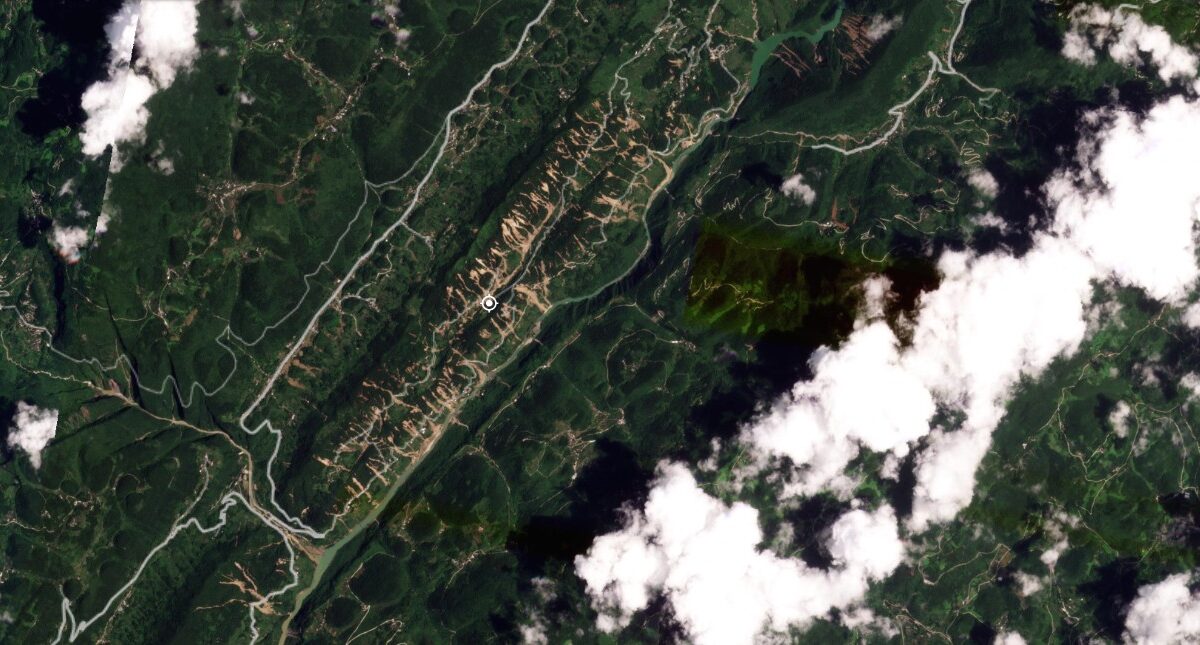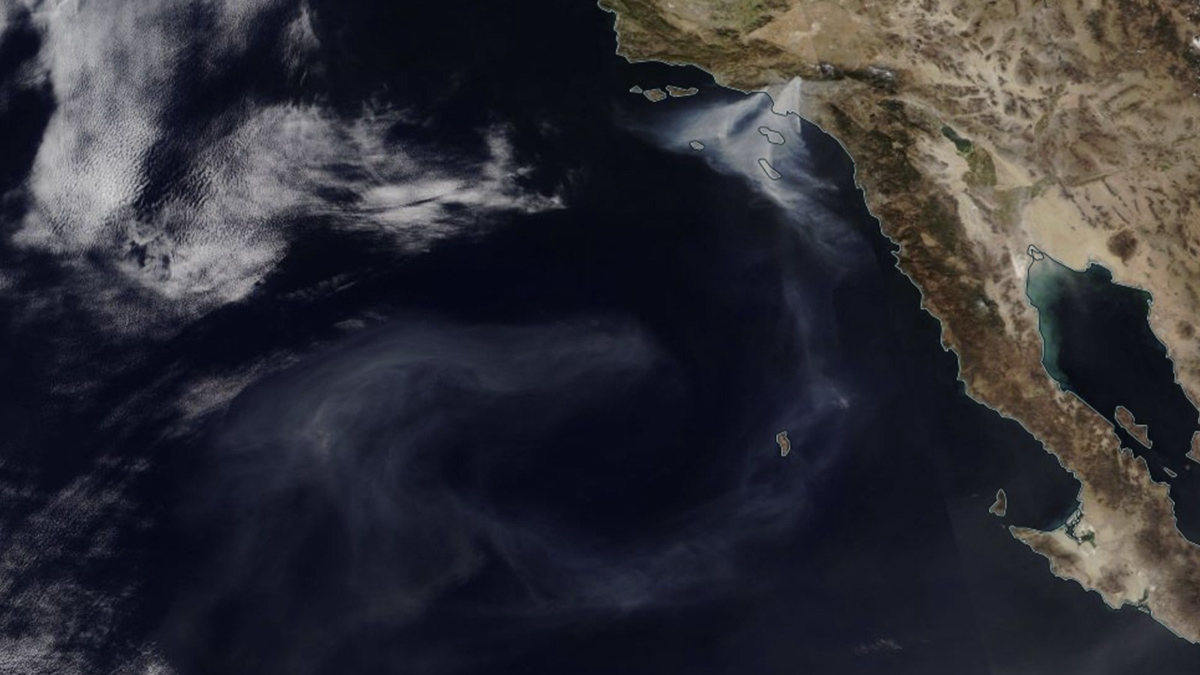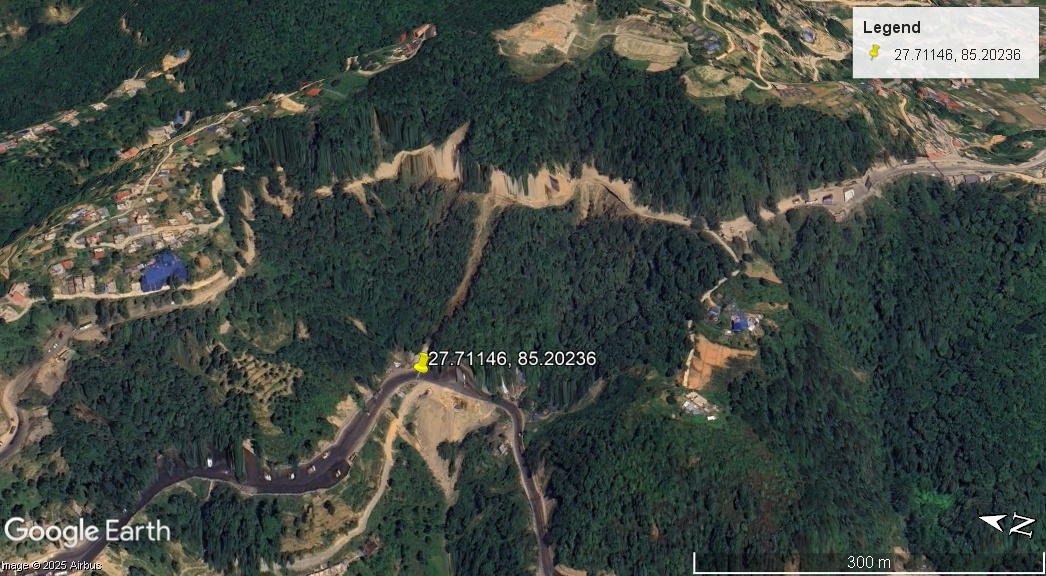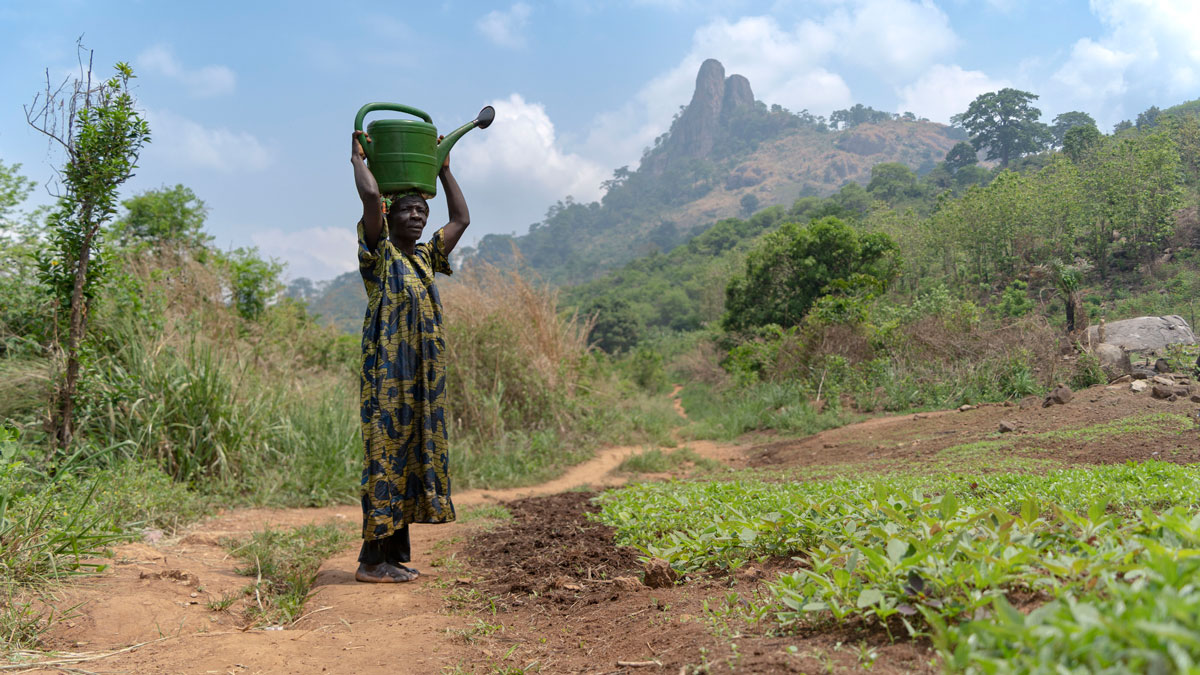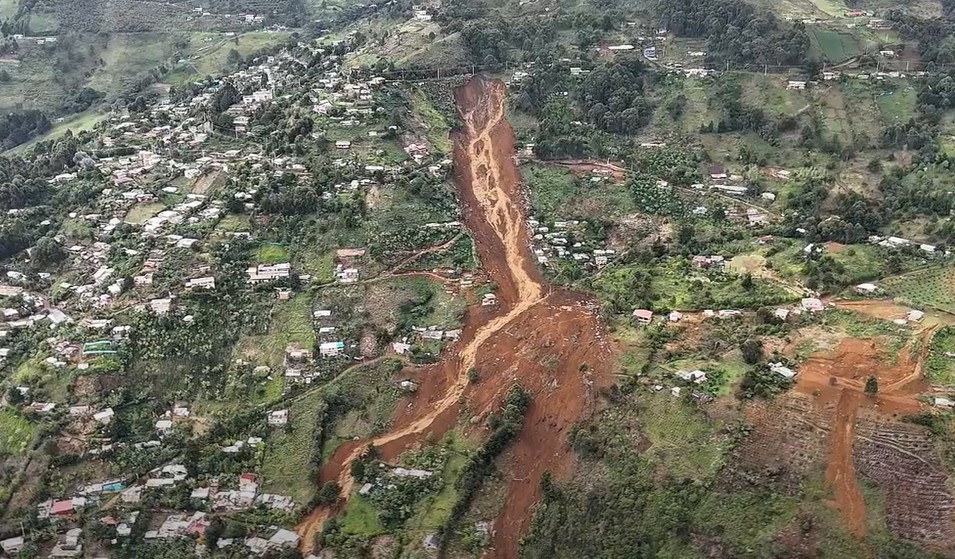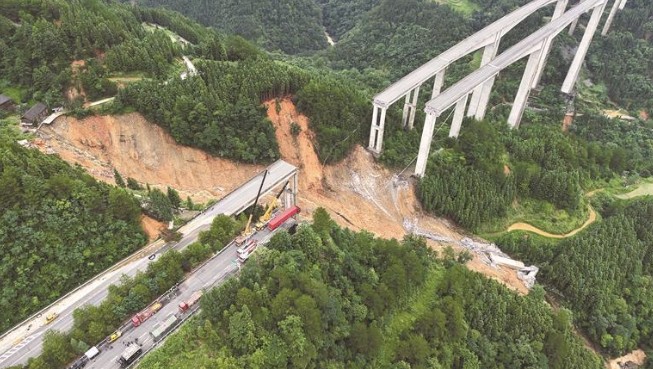El entendimiento de cómo las ciudades individuales respondieron al estrés climático ayudará a crear imágenes holísticas de cómo estas sociedades funcionaban.
rain
The 22 May 2025 Qingyang landslide in Guizhou Province, China
A c1.4 million cubic metre landslide, triggered by intense rainfall, killed 19 people. On 22 May 2025, the large Qingyang landslide occurred in Dafang County, Guizhou Province, China. This landslide was widely reported to have “trapped” 19 people. In a paper in the journal Landslides, Wen et al. (2025) provide an initial but very helpful […]
The 12 July 2024 landslide cluster in Pengshui County, Chongqing, China
About 140 mm triggered 143 landslides in an area of about 10 km2, killing two people. Loyal readers will have noticed that I’m fascinated by dense clusters of landslides triggered by intense rainfall (or earthquakes). Over the years, I have written about these on multiple occasions, but increasing numbers are being described in the literature. […]
A late monsoon sting in the tale in the Himalayas
Very heavy rainfall across Nepal, NE. India and Bhutan has triggered landslides that have killed at least 60 people. Over the last few days, parts of the Himalayas have been hit by very high levels of rainfall, causing large numbers of damaging landslides. The picture is not yet fully clear, but Nepal and Bhutan, and […]
Major Droughts Coincided with Classic Maya Collapse
Understanding how individual cities responded to climate stress will help create holistic pictures of how these societies functioned.
Scrambling to Study Smoke on the Water
Timely action shows the impact of urban fires on freshwater and marine ecosystems.
The devastating 26 to 28 September 2024 rainfall event in Nepal
The most severe rainfall event ever recorded in Nepal impacted about 2.6 million people, causing losses of US$370 million and about 270 lives. Between 26 and 28 September 2024, a devastating late monsoon rainfall event in Nepal triggered hundreds of landslides. In landslide terms, this was the most serious event recorded in Nepal outside of […]
When Rain Falls in Africa, Grassland Carbon Uptake Rises
Satellite data suggest an explanation for the continent’s high year-to-year variability in carbon uptake.
The 24 June 2025 landslide at Granizal near to Medellín, Colombia
A major landslide has occurred in the vicinity of Altos de Oriente and Manantiales, near to Medellín and Bello, in Colombia. It is believed that about 25 people died. On 24 June 2025 at 3:20 am, a large landslide occurred in the vicinity of Altos de Oriente and Manantiales, near to Granizal in Colombia. At […]
The 24 June 2025 landslide at Houzihé Grand Bridge in Guizhou, China
A significant landslide has destroyed a major bridge on the Xiarong Expressway in Guizhou, China. On 24 June 2025, intense rainfall triggered a significant landslide at the site of the Houzihé Grand Bridge, which is a part of the Xiarong Expressway (a key road that is also known as Xiamen–Chengdu Expressway (route G76). The landslide […]



